We've spent the last week focusing on composing numbers to 5 and to 10.
I like to introduce this concept to my K students during the first half of the school year as it's a great introduction to addition (which happens closer to the end of the school year).
We spend a good week on all the skills but you can easily stretch this out over 2 weeks! My unit is packed with lessons, centres, games and activities that are easy to prep and play!
I created a detailed week of lesson plans that outline everything you see below.
You can download this for FREE below.
DAY 1 - What does "compose" mean?
I like to start by talking to students about the word "compose" and introduce the words "and" & "make". We also learn how to make and read a math sentence.
I post these numbers and a simple math sentence on a pocket chart for students to manipulate and also so we can refer back to it throughout the week. Here's a fun game to play: take 2 colours of Unifix cubes. Choose a few of each and have students help you count them. Model how we can form a math sentence on pocket chart -> "We have 4 blue and 2 red - that makes 6!"
I choose a student to come up and grab a handful of each colour and we try it again.
I like to continue this activity in small groups, emphasizing the way we word the sentence using "and" & "make".
DAY 2 - I can make it!
This is a really great activity to post on your Interactive Board. Choose a number you want to work with (i.e. 4 - really easy to start with!). Hand out that many double-sided counters to one student. Have that student figure out different ways to represent the number (i.e. 2 and 2, 3 and 1, etc.). This was difficult at first but students got the hang of it right away! I recorded all of the answers on the Interactive Board by colouring in the circles depending on our answers.
We even tried it with other numbers since they loved this activity so much!
In my small group, I used the "Making 5" (or "Making 10" mat for Year 2 students) with coloured Unifix cubes.
We practiced different ways to make the number and then students had a chance to complete a composing numbers booklet.
I had the Year 1 (JK) students work on composing numbers to 5. I set up 2 different coloured squares out of construction paper and they glued different answers on each page.
My Year 2 (SK) students were able to work on composing numbers to 10. I scattered a variety of 10-frames with numbers 1-10 on the table. They chose 2 and glued them in their booklet. Then they recorded their answers.
DAY 3 - Making 5 (or 10)
We are starting to focus more specifically on making 5 (or 10) in detail by introducing students to probability. Yes, a few games I created in this pack also touch upon probability!
I printed 2 colours of circles and placed them in a pocket die (you can just print the ready-to-use die included in this pack if you don't own pocket die). I chose a student to come up and roll the die. We recorded what he/she rolled onto the worksheet projected on my Interactive Board. We continued rolling and recording, then we discussed our findings.
Were any of the rolls the same? How many different ways did we make 5? 10?
In my small group, I finished the booklets from yesterday. I also offered students a chance to use math manipulatives to work on reading the math sentence and composing numbers.
DAY 4 - SHAKE AND SPILL!
This is one of my FAVOURITE games to play! The students love it too! I think it's because they get to shake the counters in a cup and spill them! They get a kick out of it!
After introducing how to play this game as a whole group, I set this up for a small group. One thing I've learned over the years - to avoid mix-up of the counters, give the students a placemat (can be as simple as a coloured piece of construction paper!) and have them shake and spill on that.
I stumbled across this song last year and think it's just right for introducing simple ways to make 5!
DAY 5 - What's in my hand?
Here's another fun and easy game to play - choose a number card and count out that many manipulatives. Have the students help you count. Without students watching, divide the counters between both hands (i.e. number card = 5, place 3 in one hand and 2 in another, only show students 3). Have students figure out how many are in the other hand.
This is such a great game to play (and super easy to set up!) that after showing them a couple of times, you can leave this at your Math Centre and encourage students to play it together!
With my small group we worked on "Roll It! Compose It!" I really like this activity as a challenge for many students! They were ready for it after learning all about composing numbers this week!
For those students that needed a little more time to work on composing numbers, I had this activity ready, where they chose a math sentence and built it using manipulatives/loose parts (we used buttons).
Here are a few great online games to set up on your computers!
Starfall -> Candy Machine (composing and decomposing numbers)
*NOTE: This game only works on desktop computers, NOT iPads)
Cool Kindergarten -> lots of games that work on composing/adding and subitizing (choose grade you need)
This game focuses on composing numbers using a 5-frame. Click {HERE} to play.
You can find all of these activities in my Composing Numbers in Kindergarten pack on TpT.
1-WEEK LESSON PLANS
I created a detailed week of lesson plans if you'd like to try these activities in your class!
Click the picture below to download for FREE!














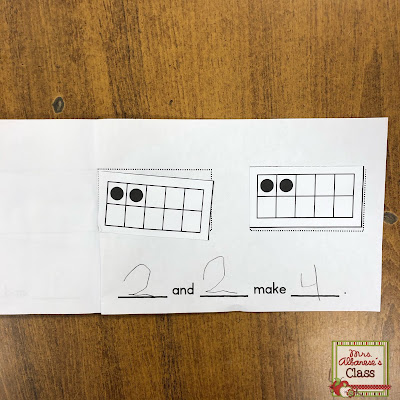
















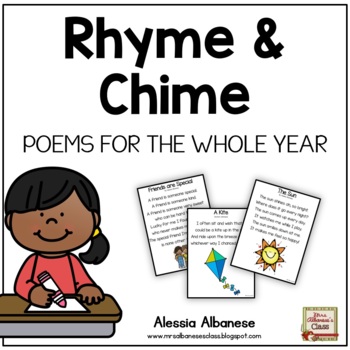

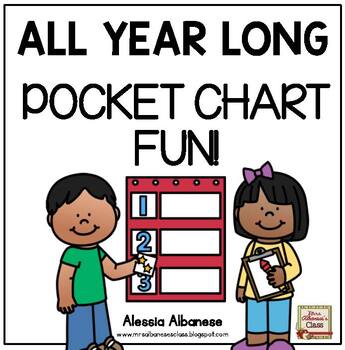
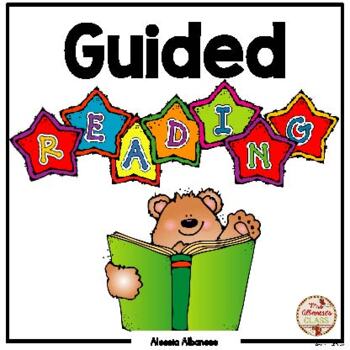
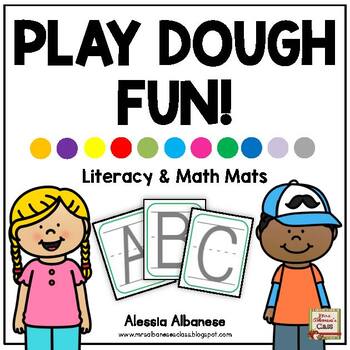

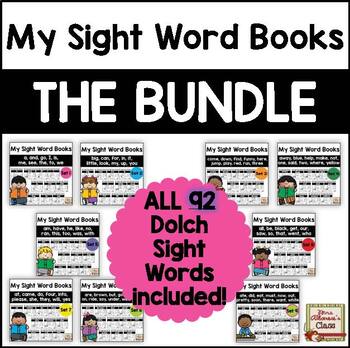

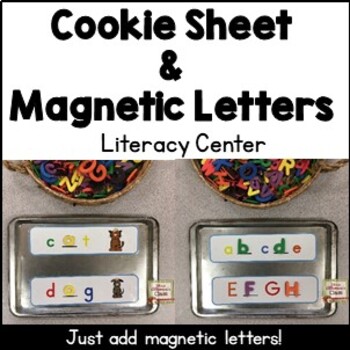
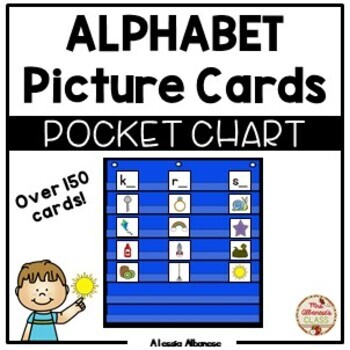





No comments
Thank you for visiting my site today. I love to hear comments and questions. If you read something that you want me to discuss with you via email, you can use the comment form at the top of my page.